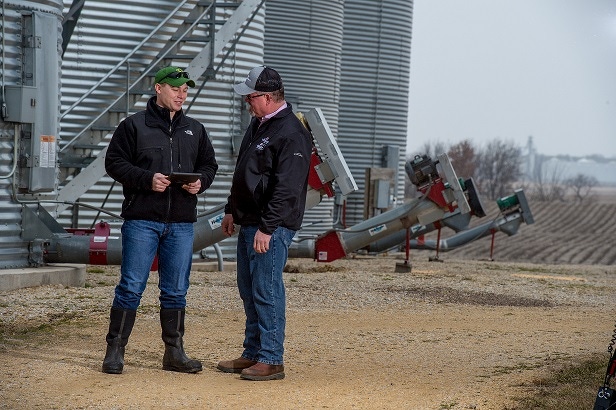
Honors abounded for five farmers and their retailers as they received awards from the Fertilizer Institute. The farmers and retailers were recognized as 4R advocates during an awards ceremony as part of Commodity Classic 2019.
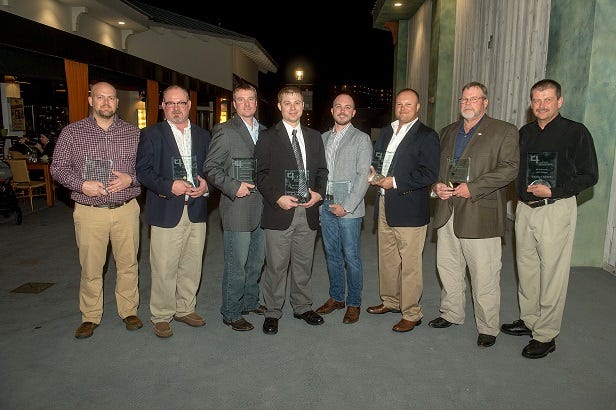
2019 Honorees
Those honored as 2019 Advocates are:
Danny Basham, Jr., Basham Farms, Madisonville, Ky., and Phillip Osborn, Nutrien Ag Solutions, Clay, Ky.
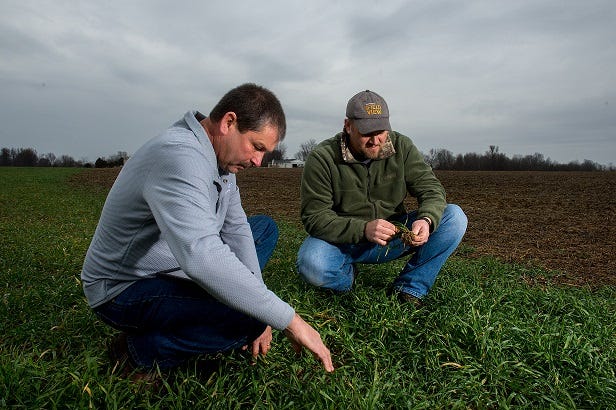
Basham Farms includes land that is gently rolling, with a lot of trees and wildlife. Its fields are located near churches, in residential areas and near watersheds of the Tradewater River area, Kentucky Lakes and Ohio River. After harvest, Basham reseeds ditch areas and slopes with wheat or rye for erosion and weed control. Some of Basham’s best management practices include 2.5 -acre grid soil sampling which in turn determines a nutrient management plan, using yield to determine where nutrients will be placed and no- or minimal tillage to keep soil in place.
Michael Ganschow and Malcom Stambaugh, AgView FS, both of Walnut Ill. Ganschow farms a total of 2,700 acres.
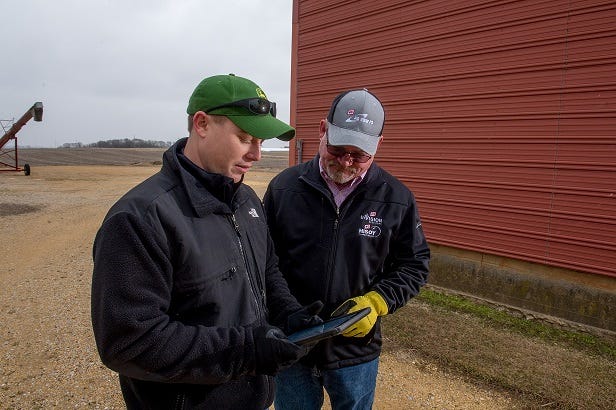
Ganschow have implemented 4R strategies for more than 10 years. They use the data they collect to create prescriptions to accurately place nutrients. Every fertilizer application incorporates 2.5-acre grid soil sampling and analysis that is turned into maps and georeferenced with yield monitoring data to forecast crop removal rates. Other best management practices include sidedressing the majority of nitrogen once the crop is up and matching nitrogen fertilizer to variable planting rates. He also uses cover crops to keep nutrients in place.
Dustin Grooms, Fancy Farms and Jerrod Parker, Chemical Dynamics, Inc., both of Plant City, Fla.
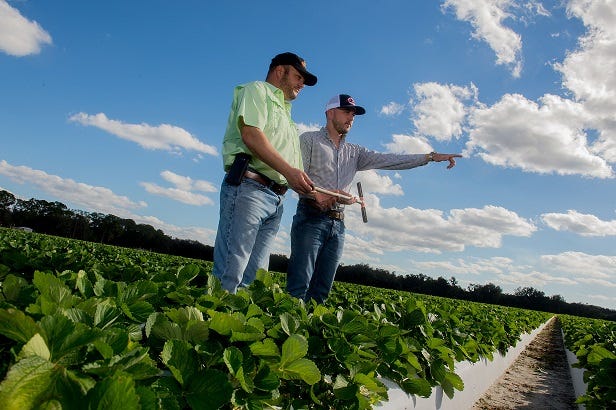
Fancy Farms now encompasses 235 acres. Grid and zone soil samples are the foundation for recommendations for amendments that ensure the soil is ready to be put under plastic for strawberries. The results also guide what nutrients will be applied via drip irrigation. Some of the best management practices utilized on Fancy Farms include plant tissue testing as a diagnostic tool in-season, at harvest and post-harvest. Grooms also use fertigation rates based on soil and plant needs and cover crop credits to help determine nutrient application rates.
Brian Herbek, DeWeese, Neb., and Bill Nejezchleb, Fairfield Non Stock Coop, Fairfield, Neb.
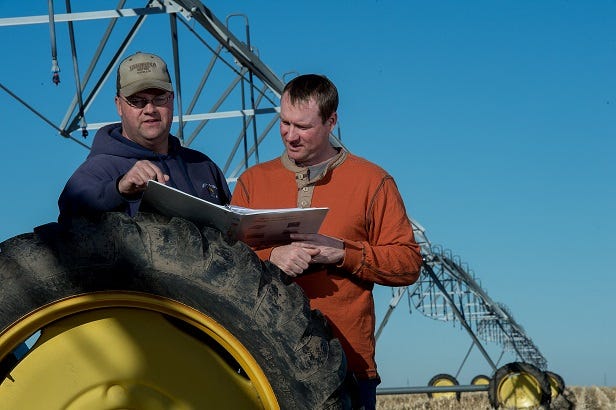
Herbek is a fifth-generation farmer who grows alfalfa, corn, soybeans and wheat on 1900 acres. He moved to 100 percent strip till 11 years ago and is now in his fourth year of using a SoilWarrior in a two-pass sytem. This is a tool to apply nturients in the right place within the root zone. Some of Herbek’s best management practices include in-season soil and tissue testing results to improve the plant, VRT nutrient application which helps place nutrients hwer they below and coer crops to improve soil health. He also utilizes controlled waterways and other urnoff prevention mechanisms to help reduce soil loss.
Jonathon Quinn, Warwick, Md., and Kenny Glenn, Southern States Cooperative, Middleton, Del.
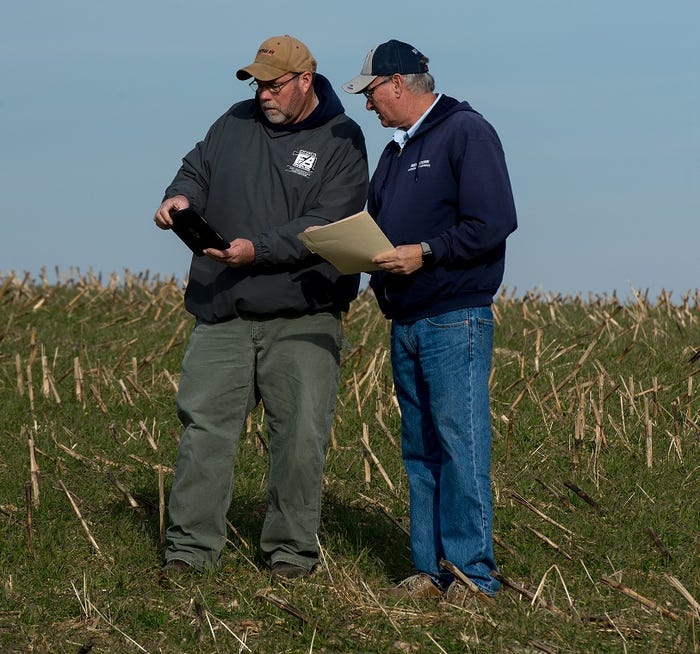
Quinn comes from along line of soil testers. His father started them on Little Bohemia Creek Farm in the 1960s. The farm covers 2,350 acres in the Chesapeake Bay Watershed and grows corn, soybeans, wheat, barley and spinach. As far as best management practices go, Quinn utilizes injected UAN to reduce volatization, a variable rate spray to deliver the exact amount of product and cover crops to retain nutrients. In addition, the farm completes an annual grid and soil sampling guide nutrient management plan to focus only on what nutrients are needed and a plan to determine just how much N, P and K are needed.
This is the eighth year for the 4R Advocate Program, and has recognized a total of 80 growers and retailers, farming 175,625 acres in 20 states who continually demonstrate that innovative and sustainable 4R fertilizer management practices increase agricultural production while reducing environmental impact.
About the Author(s)
You May Also Like




